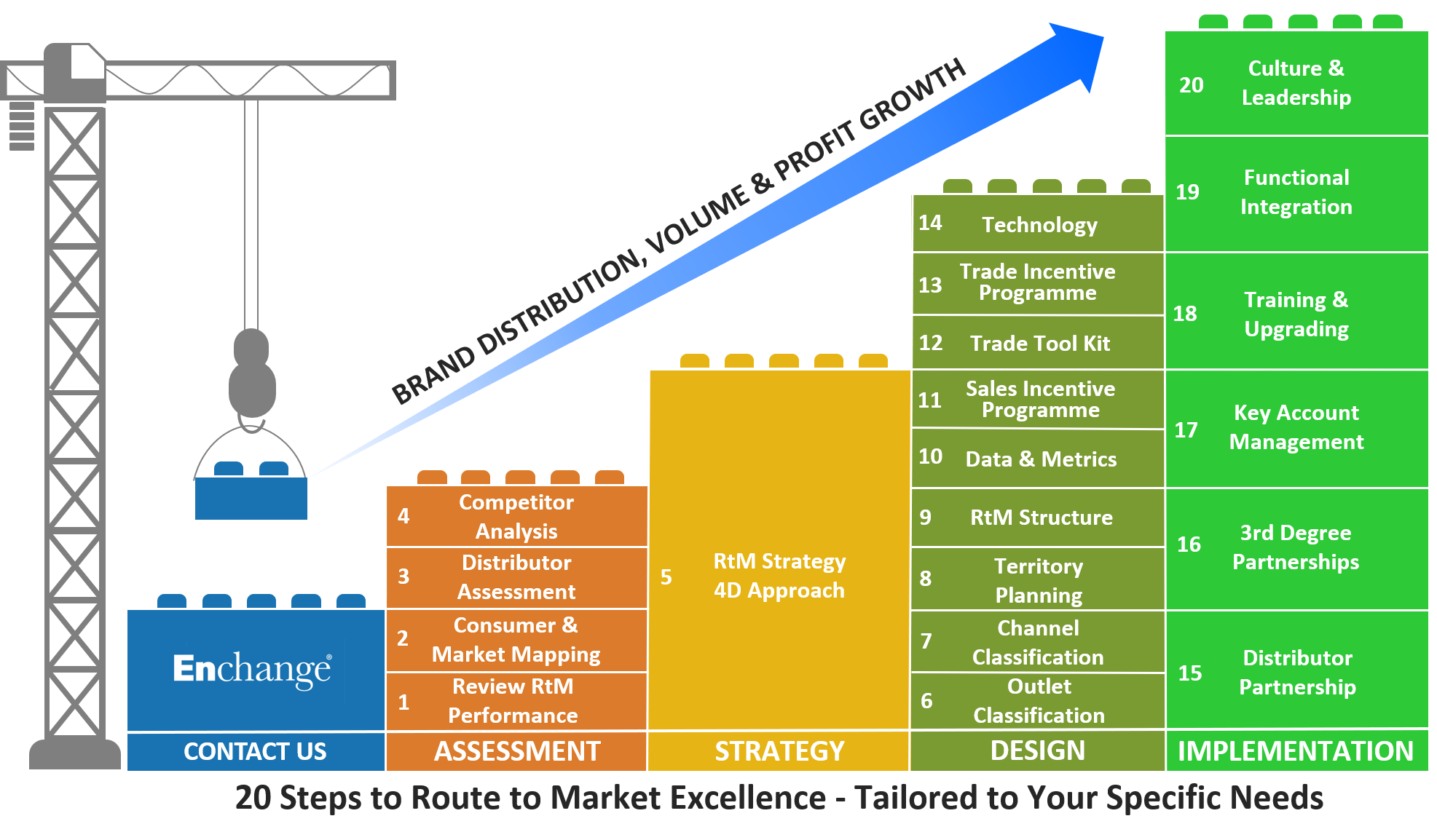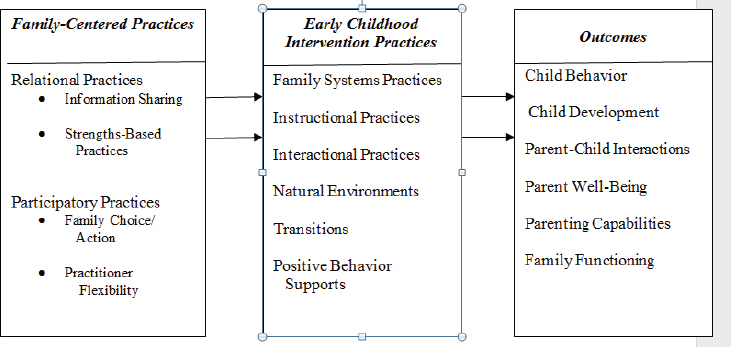Create Your Own Classification System User Manual
When you classify your data, you can use one of many standard classification methods provided in ArcGIS Pro, or you can manually define your own custom class ranges. Classification methods are used for classifying numerical fields for graduated symbology.
Manual interval

Create User Manual Online
Use manual interval to define your own classes, to manually add class breaks and to set class ranges that are appropriate for the data. Alternatively, you can start with one of the standard classifications and make adjustments as needed.
Foster a healthy workers compensation system. Experience Rating Update In This Update T ex as I th Nw C S 1 (the 39th). Or create your own Test. The Basic Manual User’s Guide companion manual and the Assigned Risk Supplement. Revision Date Description. 1.0 Mar-27-2013 Creation 1.1 Apr-23-2013 New ch3, ch4, minor corrections p.16 (languages) and p. 23 (table) 1.2 May-24-2013 corrections with track changes. Sep 08, 2019 The second version of the Kraken taxonomic sequence classification system - DerrickWood/kraken2. If you use Kraken 2 in your own work. If these programs are not installed on the local system and in the user's PATH when trying to use kraken2-build. ADP REPORTING BASICS HANDOUT MANUAL 2011 ADP, Inc. 1-3 V21ADPR904 Planning and Creating Your Report Overview Designing a report requires planning. Your answers to a series of questions will help you create the blueprint and plan for your report, enabling you to get only the information you need in your report. What Is ADP Reporting?
Defined interval
Software To Create User Manual
- Oregon HazWaste.Net Operation Manual Version 2.B – 08-LQ-060 Page 4 Updated: 6/2017. Your User Type. The type of user you are, that is, first time (see below) or returning (see. Returning User. Page 6), determines what you will do when the sign-in page displays. First-Time User. Create User Profile. Link in the grey.
- The Classification dialog box opens, and you can choose from a number of classification methods. Simply choose the classification scheme and set the number of classes. Using Manual to define your own classes. If you want to define your own classes, you can manually add class breaks and set class ranges that are appropriate for your data.
Use defined interval to specify an interval size used to define a series of classes with the same value range. For example, each interval will span 75 units. The number of classes based on the interval size and the range of all field values is determined automatically.
Equal interval
Use equal interval to divide the range of attribute values into equal-sized subranges. This allows you to specify the number of intervals, and the class breaks based on the value range are automatically determined. For example, if you specify three classes for a field whose values range from 0 to 300, three classes with ranges of 0–100, 101–200, and 201–300 are created.
Equal interval is best applied to familiar data ranges, such as percentages and temperature. This method emphasizes the amount of an attribute value relative to other values. For example, it shows that a shop is part of the group of shops that make up the top one-third of all sales.
Quantile
In a quantile classification each class contains an equal number of features. A quantile classification is well suited to linearly distributed data. Quantile assigns the same number of data values to each class. There are no empty classes or classes with too few or too many values.
Because features are grouped in equal numbers in each class using quantile classification, the resulting map can often be misleading. Similar features can be placed in adjacent classes, or features with widely different values can be put in the same class. You can minimize this distortion by increasing the number of classes.
Natural breaks (Jenks)
With natural breaks classification (Jenks) , classes are based on natural groupings inherent in the data. Class breaks are identified that best group similar values and that maximize the differences between classes. The features are divided into classes whose boundaries are set where there are relatively big differences in the data values.
Natural breaks are>
By anna December 3, 2019 Category Bosch. Manual Bosch Serie 6 with AirCondensation Technology and Refresher: saves you water even while drying and freshens up your laundry. Download user manual Washer dryer Bosch WVH28424GB in PDF format: WVH28424GB AirCondensation Technology: for extremely water-efficient drying through air condensation. Bosch self cleaning condenser serie 6 user manual. The Bosch website uses cookies so you can place items in your shopping basket, book an engineer online and allow Bosch to collect anonymous statistical data to help improve the performance of the website. Ignore this message if you are happy to continue.
Geometrical interval
The geometrical interval classification scheme creates class breaks based on class intervals that have a geometric series. The geometric coefficient in this classifier can change once (to its inverse) to optimize the class ranges. The algorithm creates geometric intervals by minimizing the sum of squares of the number of elements in each class. This ensures that each class range has approximately the same number of values in each class and that the change between intervals is fairly consistent.
This algorithm was specifically designed to accommodate continuous data. It is a compromise method between equal interval, natural breaks (Jenks), and quantile. It creates a balance between highlighting changes in the middle values and the extreme values, thereby producing a result that is visually appealing and cartographically comprehensive.
One example for using the geometrical interval classification could be with a rainfall dataset in which only 15 out of 100 weather stations (less than 50 percent) have recorded precipitation, and the rest have no recorded precipitation, so their attribute values are zero.
Standard deviation

The standard deviation classification method shows you how much a feature's attribute value varies from the mean. The mean and standard deviation are calculated automatically. Class breaks are created with equal value ranges that are a proportion of the standard deviation—usually at intervals of one, one-half, one-third, or one-fourth standard deviations using mean values and the standard deviations from the mean.